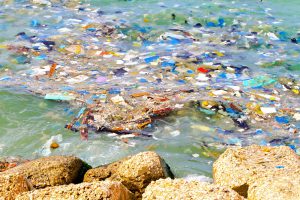
OMG, how can anyone not love coral? According to National Geographic, some coral reefs have been around for over 50 million years. If all our coral reefs which are mainly located in tropical waters near the equator, died, can you imagine what the catastrophic results would be? Places like the Belize coast in Central America for example, would not be protected from the ravaging waves of strong hurricanes, and tropical storms.
There are many ways for you as a scuba diver to give back to the ocean and protect our coral reefs. When you see beautiful healthy corals, it’s like diving in God’s Underwater Garden of Eden. You love shining your flashlight into the coral crevices to see the cute nocturnal creatures that hide in them during your day dives. This is why we love diving!
In this article, not only will I be giving you valuable information on ways to protect coral reefs, I will also tell you a bit about corals along with two great videos. Understanding what corals are and their purposes will give you a deeper appreciation of them and why you can play a huge role in keeping them safe.
What is coral?
Are Corals Animals or Plants?
Corals are multi-cellular marine animals that don’t have a backbone and are filter-feeders. They mostly live in colonies. So far, there have been over 70,000 different coral species identified in the world and they are categorized under hard corals or soft corals.
Hard Corals
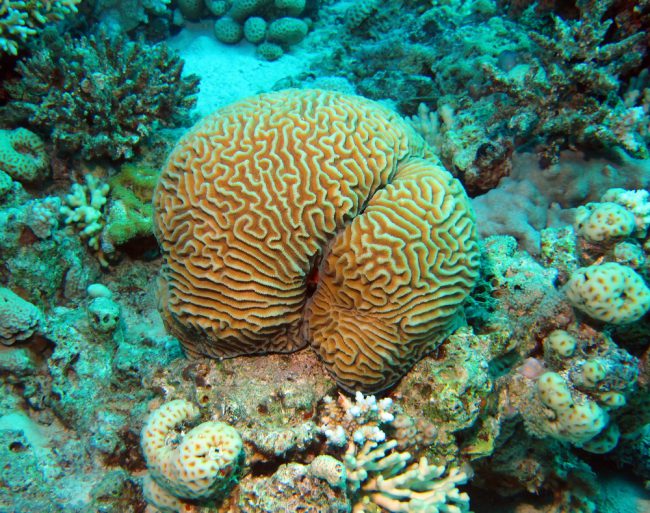
When you’re diving in the daytime, you’ll notice these beautifully colored hard corals appear to be motionless and dead. This hard base is actually the coral’s skeleton composed of calcium carbonate (limestone) to give it protection. The hard corals grow identical individual polyps that have soft bodies like sea anemones. Most of them also need lots of sunlight because they’re photosynthetic. Living inside the corals’ tissues are their symbiotic helpful algae who rely on the sun on their food source. In return, the algae produce the brilliant colors of red, blue, purple, violet and brown and provide food to the hard corals.
Diving at night, you’ll be pleasantly surprised to see they are quite alive as they’ll be busy extending their polyps out quickly scooping up floating plankton to feed on.
Soft Corals
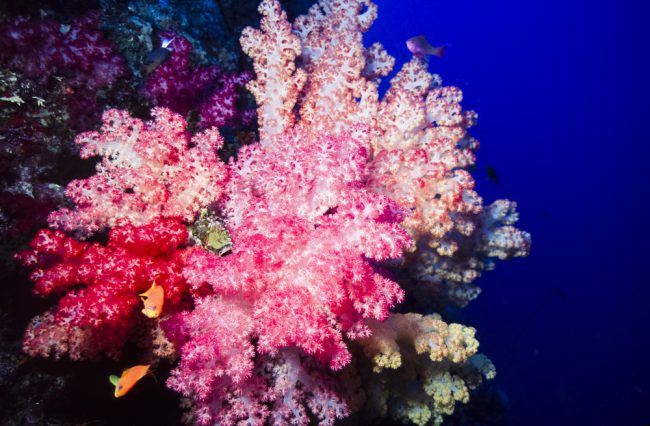
These soft corals don’t have the hard base and instead have a minuscule spiny skeletal frame to give them some support. Their flesh appears unattractive to its predators. Unlike the hard corals, most soft corals are not photosynthetic so they don’t need to have a symbiotic algae friend to help feed them. Instead, they have long tentacles that extend out at night to grab floating plankton and when they sense danger they transform themselves into a hard coral similarity.
Coral Reefs
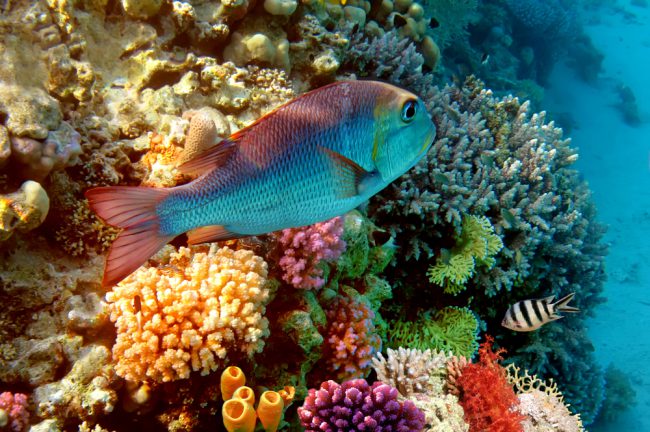
Ever wonder how coral reefs form? Sometimes, they grow really big that they can actually be seen from space. Because corals are multi-cellular, their polyps can attach itself to a rock and spread out and divide by cloning itself. They connect and become a colony as a single organism. The colonies join other colonies to become what we call coral reefs.
There are male and female corals and some I suppose are bisexual. Depending on the moon and water temperature, the eggs get spewed out into the water so the eggs can make contact with each other. Sometimes when you’re diving you’ll see this white cloud of the male and female eggs being fertilized which will float away wherever the tides and currents happen to take them which can even be right on their own coral reef.
Why should coral reefs be protected?
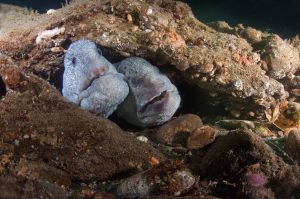 Coral reefs are extremely vital to our eco-system. Not only do they protect shorelines as I mentioned earlier, they also give excellent protection for the nocturnal creatures like crabs, eels, and lobsters as they hide from their predators in the day time. Here are some additional reasons why coral reefs need to be protected.
Coral reefs are extremely vital to our eco-system. Not only do they protect shorelines as I mentioned earlier, they also give excellent protection for the nocturnal creatures like crabs, eels, and lobsters as they hide from their predators in the day time. Here are some additional reasons why coral reefs need to be protected.
- They provide the necessary important nutrients to other marine life.
- Corals are also used in drug research for cancer, viruses, and many other diseases.
- They support over 4000 species of fish, for instance, spotted eagle rays, spotted moray eels, barracudas, trumpet fish, etc.
- They provide business to dive industries
- They promote recreational fishing
What harms coral reefs?
1) Natural disasters like hurricanes and cyclones.
Strong storm waves can break coral reefs.
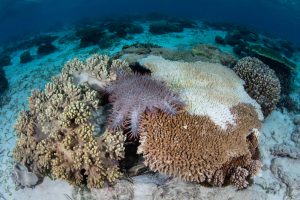 2) Crown of Thorns (COTS).
2) Crown of Thorns (COTS).
These are large starfishes that crawl on top of hard corals and suck up the coral’s soft polyps.
3) Non-divers.
Humans help the COTS larvae survive to grow to adults because the larvae feed on the rich supply of plankton that comes from the runoffs of sewage and agricultural leftovers.
4) Pollutants and sediments.
When pollutants and sediments settle on corals, the sun’s rays become blocked which is very harmful to the coral’s polyps. Corals need clean water and the sun along with a healthy diverse ecosystem.
5) Divers.
When you’re diving, you can also do a great deal of damage to corals if you haven’t perfected your buoyancy control skills. Making any type of contact with the corals like accidentally bumping or kicking the coral can break the coral and cause it to stress.
6) Coral bleaching.
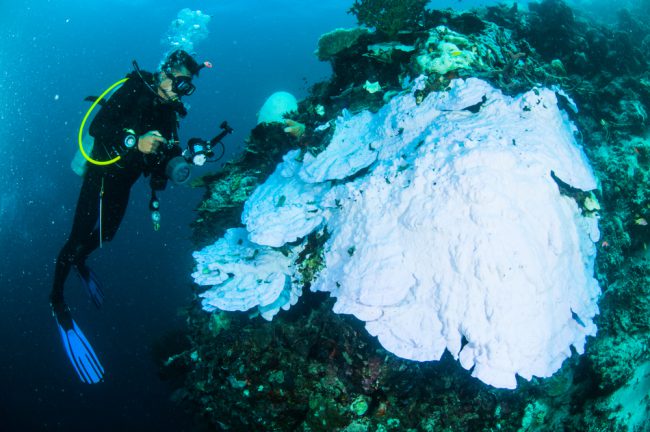
Some scientists say global warming is caused by gas emissions, and various other human causes, while others say it’s the natural phenomenon.
When water temperature rises or when it becomes colder, the corals become stressed which causes their working algae partners to be rejected and spewed out by the coral. The coral turns white and will still be alive as long as normal water temperature returns over a short period of time.
Tips for How Divers Can Protect Coral
As I mentioned before, divers also cause damage to coral reefs and so we have responsibilities to take immediate action by doing the following steps:
1) Be a Role Model.
We all learn from our Professional Instructors the etiquette of safe diving practices, the DO’s and the DON’Ts and certain rules and regulations should be adhered to. This includes coral protection.
Do Not Touch Coral. Sometimes, you may see a diver touch corals or even rest by placing his/her fins in between coral. Making contact can hurt the coral because sediment may fall on them and block the sun.
The best way to handle this is to let your tour guide know without giving the diver’s name or pointing a finger at the diver. This way, the tour guide can bring it up as a reminder to divers to leave the corals untouched in the next dive as a pre-dive meeting or if it’s at the end of the day, the tour guide can bring it up as a ‘…and thanks for looking after our corals by not touching them’. End of discussion. If it’s your dive buddy then let your buddy know in a nice way by explaining what happens to coral.
If it’s your dive buddy then let your buddy know in a nice way by explaining what happens to coral when we touch them.
Do Not Let Your Boat Anchor Touch Coral. The anchor can scrap or break the coral which could severely damage the reef or kill it. The best way to avoid making contact with the coral is to use boat mooring and if there is none then look for a sandy bottom.
2) Be On A Marine Debris Mission.
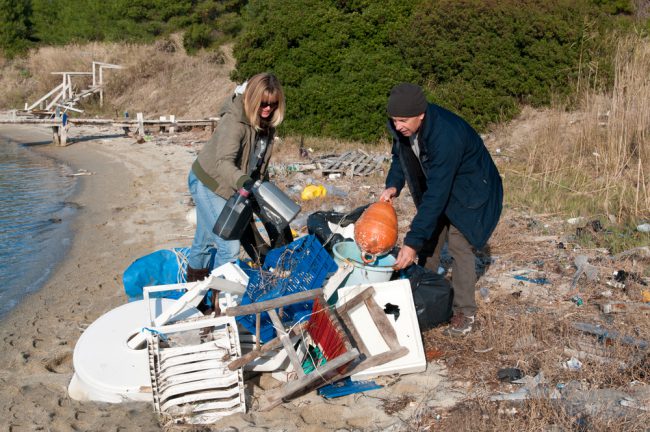
Do not leave any trash on the beach or on dive boats at the end of your dives. Pick up any abandoned fish nets and fish lines strewn along the beaches and shipping docks even though they are not your trash. If you leave them unattended, they will be swept away into the ocean by tides and fish and turtles will easily get entangled in them and die a very slow death.
Any trash can be a pollutant to the coral reefs.
3) Don’t Let Chemicals Get In The Water.
Plastic bottles and plastic bags become a real problem to the ocean and most of them are not biodegradable. They dry out and break up. Turtles and fish munch on this and swallow them and if they don’t die from it, they can become contaminated from the PCB’s in the plastic.
Algae can grow fast from excess fertilizers which block out the sunlight on coral.
When you’re diving and you see garbage put them in your BCD pockets or bring a small goodie bag in anticipation of picking up garbage.
4) Be a Buoyancy Control Freak Expert.
Not only do you expend a lot of air from your tank when flailing your arms about and kicking your legs wildly in all direction, you could possibly be kicking the live coral with your fins and break or crack its fine skeleton. Do not make contact on coral whether it be your hands or fins. Remember, corals are live animals.
Do your buoyancy check in the water if you’re unsure of how much weight to use and fine-tune your dive skills by enrolling in PADI’s Peak Performance course. Getting more dives in will give you more confidence to control your breathing. You’ll learn to be more streamlined too and not have dangling dive equipment dragging on corals.
5) Coral Restoration Foundation
As a diver, you can make a HUGE difference to protecting coral because you already know the importance of coral existence and the fact that many corals are stressed and have died. Why not volunteer and dive at the same time during your vacation by participating with the Coral Restoration Foundation? Bonaire and Florida are just a couple of places you can do this. Contact them to find out more about their program and locations.
In 2008, I was living in Grand Turk, Turks & Caicos Islands when Hurricane Ike did major damage to residential and commercial buildings as well to the coral reefs. Many of the local divers and even dive visitors participated in the islands coral nurseries where we transplanted the injured animals to their new restoration site and helped them rebuild their colonies. Giving back to the corals is truly a rewarding feeling when you see them grow and you know they’re alive, happy and well. Even the fish are happy! Puts a smile on your face.
6) Choosing Your Seafood Meal Wisely
Totally your decision! Parrotfish is often served in restaurants in some countries. Did you know that Parrotfish poop white sand? They expel sand. Sand helps prevent beach erosion. They are also natural parasite cleaners for corals.
7) Take Photos and Leave Bubbles
As divers, you have probably heard this from your tour guide.. ‘Remember, take photos and leave bubbles’. Do not give corals as a gift. You are already given the privilege to enjoy taking photos of them.
8) Reduce Gas Emissions.
Use energy efficient long lasting light bulbs to reduce gas emissions. Changes in climate affect the survival of coral reefs.
9) Choose to Dive Only With Eco-Friendly Dive Centers or Resorts.
Ask the dive center, resort or liveaboard how their reef is protected. Ask if they are part of a coral reef restoration program or part of Project Aware.
10) Spread The Importance of Coral To Others.
Tell your dive buddy, your other friends and family members, the importance of coral. Be excited and encourage them to love and respect coral. Tell them what they can do to be involved.
Have you been involved in any coral nurseries or do you have any other ways divers can protect our coral reefs? Do you have any questions or comments you would like to share with me? It would be awesome to hear from you! Please put them in the Comment Box below.
Thanks for reading,
Monica
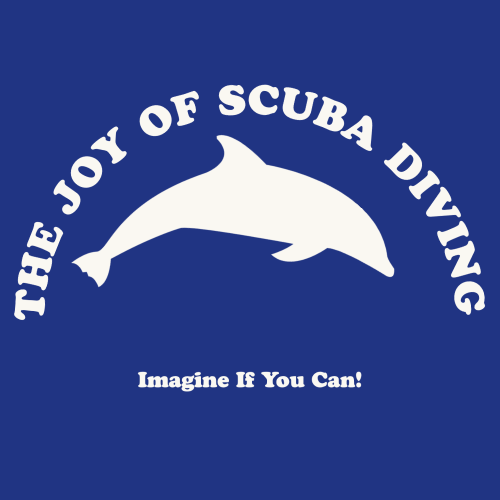
This website is great! I do a bit of diving and some snorkeling. Thanks for writing this on protecting the reefs. I’ve seen some corals that look white and never really understood what happened. I had no idea… I’ll definitely use your tips for sure on my next dive trip. I also love the article on ship wreck diving! I’m really into history and I love water. I appreciate you sharing not just how fun it can be but also the dangers. Didn’t realize there are three different types of diving when it comes to ship wreck diving. Keep these articles coming, learning a lot.
Hey Nick, thank you for your great comment. I’m glad my tips on protecting coral reefs are helpful and that you will apply them on your next dive trip. It’s important for many reasons to protect these fragile and beautiful animals. Nice… thank you for reading my article on diving shipwrecks. I love the historical part too. Enjoy your dives and I hope you will share some stories with me.
Regards,
Monica
I have read a little about the importance of coral to our environment and all your advice on how to protect it is excellent. I really enjoyed the descriptions of the different types of coral and the videos you provided. I’m a diver myself and I’ve seen a lot of bleached coral, very sad. I find your tips helpful and definitely will be applying. Thanks
Hi Ray, you’re very welcome and I’m glad to hear you’re going to use the tips. It’s important to keep our oceans clean. Healthy coral reefs protect our shorelines.
Thanks for reading.
Monica